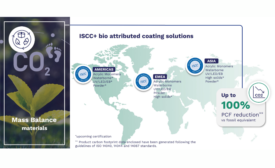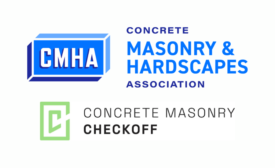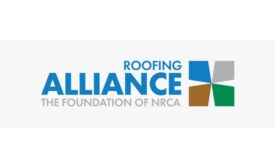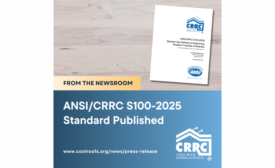NEU, an ACI Center of Excellence for Carbon Neutral Concrete, successfully held its Spring 2024 Summit titled “From Policy to Placement: Implementing Reduced-Carbon Concrete Construction” on the campus of the University of California, Davis (UC Davis). The event facilitated discussions among state agency representatives, industry leaders, and researchers about innovative strategies for adopting reduced-carbon materials in concrete construction.
Dean Frank, Executive Director of NEU, noted that the Spring 2024 Summit focused on the efforts of state and local officials in California to promote the adoption of reduced-carbon materials and technologies.
“NEU is committed to easing the complexity of finding pathways to reduce carbon in concrete construction,” said Frank. “By working together with agencies, we can keep the industry educated and updated.”
At the Spring 2024 Summit, representatives from various state agencies, including the California Division of the State Architect (DSA), California Nevada Cement Association (CNCA), Ecological Building Network, University of California Pavement Research Center (UCPRC), California Air Resources Board (CARB), California Construction and Industrial Minerals Association (CalCIMA), and California Department of Transportation (Caltrans), shared their insights and progress. A previous summit, Fall 2023, was geared to learn about the efforts of federal agencies focused on increasing the use of reduced-carbon concrete materials and how NEU could support these efforts.
Critical Insights
The NEU Spring 2024 Summit shed light on several pivotal perceptions that will drive the future of carbon-neutral concrete.
- First, the importance of robust cross-sector collaboration was highlighted as essential for overcoming obstacles and fostering innovation.
- Second, advancements in technology and materials science were recognized as instrumental in reducing the environmental impact of concrete without sacrificing performance.
- Education and training were underscored as critical components, aimed at bridging the knowledge gap and equipping industry professionals with the necessary skills for implementing sustainable practices.
- Finally, the establishment of comprehensive regulatory frameworks and standardized benchmarks was advocated to ensure the consistent and effective application of reduced-carbon concrete methodologies.
Additional Highlights from the Summit
Policy Insights:
California’s Global Warming Potential (GWP) Requirements: The California Building Standards Commission (CBSC) and DSA have adopted new GWP requirements as part of CALGreen, the state’s green building code. These requirements apply to large commercial buildings and school projects, emphasizing the use of materials with lower environmental impact.
Code Efforts:
Matt Adams, Assistant Professor of Civil Engineering at the New Jersey Institute of Technology and Chair of ACI Committee 323, presented the upcoming Low-Carbon Concrete Code (ACI CODE-323) requirements, which are set to be published by the end of 2024.
Company Updates:
The following companies were present to discuss the advances in their products:
- Ecocem is producing mineral fillers with engineered particle size distribution to reduce clinker content, working on demo projects in France, and planning to bring similar projects to the United States.
- Ash Grove Cement is investing $60 million in a Nebraska facility to produce calcined clay blended cement.
- Eco Material Technologies is developing green cement and PozzoSlag, with a new $70 million facility in Oregon to produce 300,000 tonnes annually.
- Fortera is scaling up production of React Pure, its reactive calcium carbonate hydraulic cement, with a pilot plant in Redding, CA, designed to produce around 15,000 tons per year.
Collaborative Efforts for Future Implementation
The Summit underscored the need for collaboration among all stakeholders, including material and technology suppliers, NEU, ACI, and ASTM International, to ensure the successful implementation of new materials. Discussions highlighted the importance of developing performance-based specifications and educating designers to guarantee the performance of reduced-carbon concrete. Going forward, the adoption of reduced-carbon materials will require a consistent framework for communicating their functional performance based on reliable testing. The NEU Spring 2024 Summit has set the stage for ongoing collaboration and innovation, crucial in the journey for reduced-carbon concrete construction.
NEU’s Fall 2024 Summit is scheduled for October 2024. For more information about NEU and the Spring 2024 Summit, visit www.neuconcrete.org.





